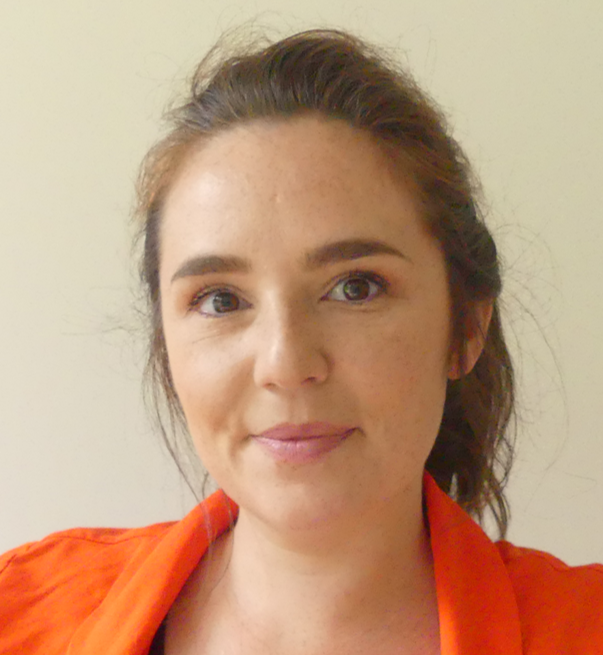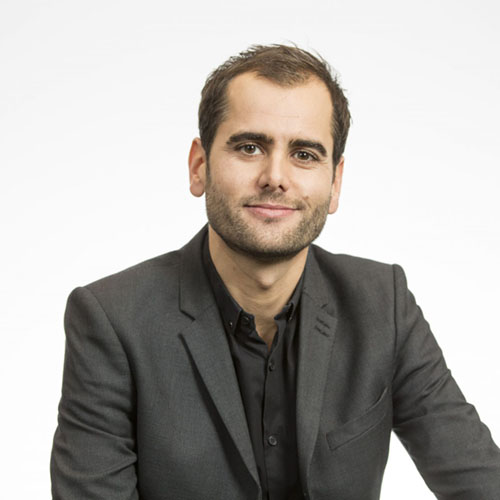- Home
- EN
- Our impact
- ProspeKtive
ProspeKtive
Designing the buildings of tomorrow around innovative uses and new interactions means using academic research. Because we believe in the strength of the collective and in the openness of ideas, we share here, with you, the research conducted by our experts.
À la une
When the waiting room shapes our impressions
The waiting room is often perceived as a simple place of transit, almost mundane. However, it plays a much more important role than it seems: it influences patients' state of mind, their stress levels, and even their perception of the quality of care and the establishment. Research in management science and psychology has long shown that the physical environment shapes our feelings (Bitner, 1992). The waiting room, the first concrete contact with the medical world, is no exception to this rule (DCunha et al., 2021). Lighting, comfort, seating arrangement, ambient noise... all these details, when taken together, create a unique experience. It is this often underestimated role that we wanted to focus on. To do so, we conducted two successive studies—one qualitative, the other quantitative—which shed additional light on how the layout of a space influences the patient experience.
Teleworking and private mobility: different effects depending on the type of daily activities
At a time when teleworking is becoming a permanent feature of professional practices, its effects on daily mobility are being closely scrutinised. The article co-authored by Anne Aguiléra, Eléonore Pigalle and Leslie Belton-Chevallier explores perceptions of changes in the frequency of private and local travel among French employees following the adoption of teleworking. This study highlights contrasting effects depending on the type of activity, the profile of teleworkers and their place of residence.
Remote work: it’s thriving in rural areas too!
While the wave of “urban exodus” and the boom in remote work brought about by the COVID-19 crisis are now well behind us, it is worth asking where remote work stands today in rural areas. Has it truly taken hold there, and to what extent?
Leverage organizational change to encourage employees to collectively adopt eco-responsible practices at work.
Adopting eco-responsible behaviors is a complex process, often hindered by numerous obstacles. Among the most persistent barriers is the weight of habits. Repeating the same behaviors daily leads to automated decision-making, which reduces an individual’s cognitive load and can also provide a sense of comfort, embodied by feelings of control and stability over their environment. As a result, the more ingrained a behavior is in our daily lives, the more effort it takes to change it — making the cost of change higher.
(Source: ADEME, 2021. Life events as opportunities to encourage eco-responsible practices)
Offices and Office Work: the Arrival of the Network Era
The office economy has passed through four eras. The market era in the eighteenth century involved coffee houses and exchanges, as well as nascent banks and insurance firms whose owners and clerks often lived ‘over the shop’. The clerical factory era saw the rapid growth, mechanisation and feminisation of offices and the emergence of the grandiose and ostentatious buildings of the joint stock companies in the mid- and late-nineteenth century. The work of the clerk was mundane and laborious; days were long, and primitive offices were heated by coal fires, ventilation was poor and lighting was either natural or by candle.
Mixed-use and reversibility of buildings, an ambition for tomorrow's city
Reversibility and mixed-use are two concepts that are causing a stir among real estate professionals and, more broadly, all those involved in the creation of new territories. Tomorrow's city will ideally be made up of buildings whose uses will be open-ended and mixed. Once accepted, this desirable future must be confronted with the pragmatism that always prevails in real estate matters.
Interoperability in intelligent buildings: a matter of harmony
« The smart building concept involves the integration of active and passive energy management solutions, aimed at optimising energy consumption and promoting the comfort and safety of building users while complying with current regulations. (DRIEE). It's a concept that encompasses several dimensions, all aimed at improving occupant satisfaction and performance.
However, for these systems to be able to function effectively and add value, interoperability is essential. It enables heterogeneous systems to work together, avoiding technological and information silos. This is what we call harmony, in its original sense of harmózô, meaning to join, to make coincide, to adapt, to fit together.












